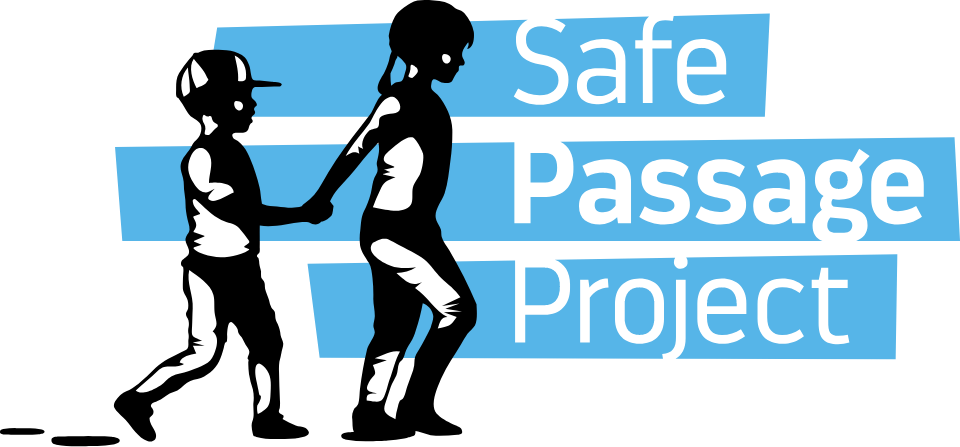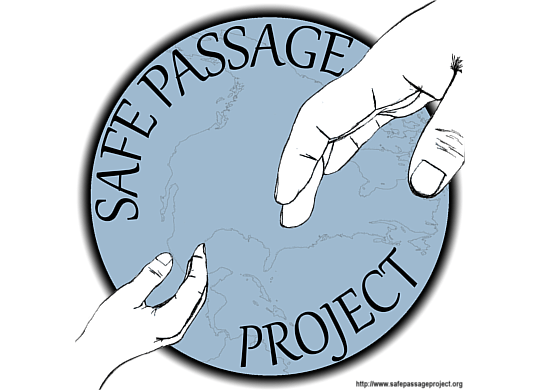On July 7, 2015, the Safe Passage Project sent a statement to the Senate Homeland Security and Governmental Affairs Committee concerning Special Immigrant Juvenile Status (SIJS) for unaccompanied minors. Below, please find the letter.
“Special Immigrant Juvenile Status (SIJS), a bifurcated federal and state system of child welfare protection, safeguards vulnerable immigrant youth who have been abused, abandoned, or neglected by one or both of their parents. To qualify for SIJS, a young person has to be declared dependent on a U.S. state court which determines that reunification with her offending parent(s) is not possible and that it is not in her best interests to return to her home country.1 Without the state court’s involvement, a young person is not able to petition for SIJS immigration relief to the proper federal immigration agency (United States Citizenship and Immigration Services, USCIS).
“Enacted into law in 1990, SIJS was strengthened and expanded by the William Wilberforce Trafficking Victims Protection Reauthorization Act of 2008 (TVPRA 2008),2 passed with unanimous consent in the Senate and signed into law by then President George W. Bush.3 TVPRA 2008 clarified that young people need have been abused, abandoned, or neglected by one or both parents to qualify for SIJS protection. This change allowed for young people, like Safe Passage clients J and M, to receive immigration status in the United States through SIJS.
“After his parents’ separation, J’s mother emigrated to the United States. J’s father prostituted him- beginning when J was just 6 years old- to earn additional income for his cocaine habit. As a teenager, J fled from his native Mexico to the United States to reunite with his mother, who then obtained sole custody over him in a U.S. state court which also made the requisite factual findings enabling him to apply for SIJS.
“M, a 14 year old girl, lived with her mother and father in San Pedro Sula, Honduras. M’s father physically abused her pregnant mother, causing her to miscarry. He threatened to kill both M and her mother if they sought help. He denied M as his daughter and refused to provide her with financial or emotional support, despite living in the same household. M fled to the United States to find safety in the care of her maternal aunt. With assistance from a pro bono attorney, M was able to have her maternal aunt appointed as her legal guardian and obtain a state court order that enabled her to apply to USCIS for SIJS.
“SIJS allowed these young people to obtain protection in the United States, to remain with a loving, caring caretaker, and to gain permanency, stability, and safety. Without protection from SIJS, J might have been deported to Mexico and forced to live again with his abusive father. M might have been returned to the streets of one of the world’s most dangerous cities. Proposed changes to SIJS eligibility would exclude children like J from protection because only one of his parents abused, abandoned, or neglected him.
“SIJS is among the most under-utilized of immigration remedies,4 with less than 4,000 petitions having been filed in Fiscal Year 2013. It is procedurally complex as Congress has delegated responsibility to state courts to make individual determinations for each youth’s care and custody before a petition can be filed for immigration relief. State courts typically hold multiple hearings, take testimony under oath, submit the proposed guardian and other adults in the household to background checks, and order a Child Protective Services worker to visit the household to ensure it will be safe for the child to reside. Moreover, state courts have deep expertise in evaluating the best interests of children and making assessments about whether children have been abused, neglected, or abandoned.
“Further, SIJS does not allow a young recipient to petition for lawful immigration status for either of her parents, even the non-offending parent. It is not a “loophole” for parents to enter the United States. Nor does SIJS attract migrants to the United States. In our experience at Safe Passage Project, no young person has known about the existence of SIJS prior to working with us.
“Removing SIJS protection for young people like J and M would take them away from the only safety they have ever known- their caretaker’s support and protection in the United States- and return them to abusive parents or a life on the streets in their home countries. For vulnerable children like J and M, SIJS is crucial to their safety, protection, and ability to live with basic dignity.

